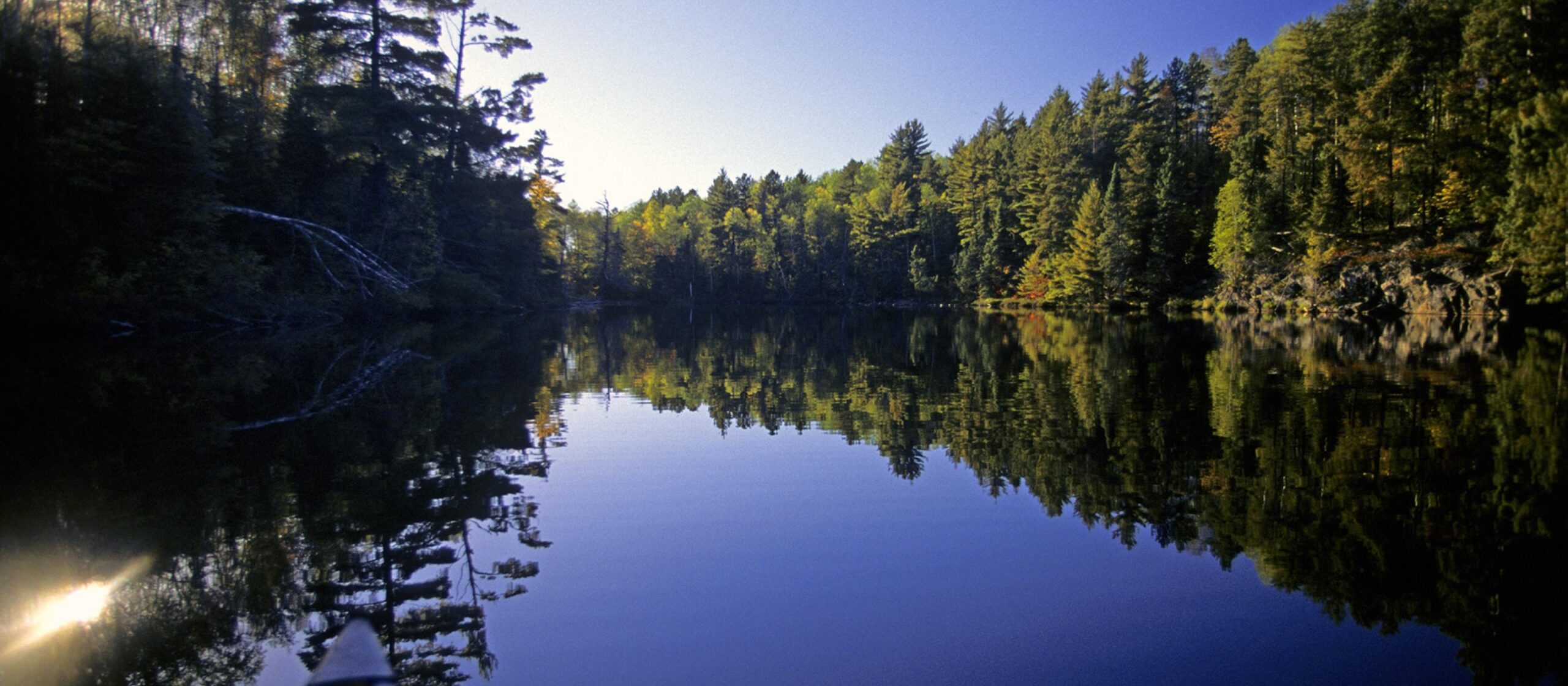It’s among the biggest wilderness regions in the country.
Approximately 1,000 glacial lakes spread across 400,000 wooded hectares of the Midwest at the boundary between the United States and Canada make up the Boundary Waters Canoe Area Wilderness. This area lacks any roadways. Not a single restaurant or business. Once you paddle your canoe far enough, no one else. You come here to hike, camp, fish, canoe, and find solitude from the hectic outside world.
Approaching the Boundary Waters
The villages of Grand Marais and Ely are close to the Boundary Waters Canoe Area Wilderness, which is located around 430 kilometers north of Minneapolis, Minnesota. There are several approved entry sites, however in order to enter, you must have a permit. The kind of permissions needed differ based on your itinerary, length of stay, and the activities you plan to engage in. Since these permits frequently sell out, you’ll need to secure one and make payment as early as January or February if you plan to stay overnight between May and September. For day visits or excursions from October through April, it’s simpler to obtain a free permit at the entry points.
Most guests arrive between May and September. The winters in Minnesota are harsh; lows of 0 degrees Celsius are common, and drifts of snow can reach heights of 1.5 meters. Nevertheless, winter provides the best weather for outdoor activities like skiing, snowshoeing, and dogsledding.
Remember that this is an actual wilderness. Some campgrounds include restrooms; otherwise, it’s just you and the outdoors. You have to bring everything in and take it all with you when you go.
There are around 2,000 kilometers of kayaking trails in the Boundary Waters.
Exploring the Boundary Waters
Canoeing is the main attraction of the Boundary Waters Canoe Area Wilderness, according to its name. Through the lakes and streams are approximately 2,000 kilometers of canoe paths, some of which require you to carry your boat across land in order to continue your adventure. (On select lakes, motor-powered boats are allowed.)
Many visitors stay for many days to kayak, camp, and fish in these tranquil waterways. Some only stay for a single day. To travel here, you don’t have to be an experienced outdoor adventurer. Local companies that offer wilderness tours include Way to Go Canoe Outfitters. Be alert for wildlife, including wolves, moose, bears, loons, and eagles.
Additional Locations to Visit While Here
Voyageurs National Park: Continuing the lake-filled landscape along the Canadian border, Voyageurs is located just west of Boundary Waters. Because the Voyageurs lakes are larger than the Boundary Waters, houseboating and motorized boating are common pastimes.
International Wolf Center: While you might not want to come into contact with a wild wolf while canoeing, you can safely see the animals at this study facility in nearby Ely, Minnesota.
Minneapolis Lakes: Plan time to see Minneapolis and St. Paul, Minnesota, on your route to or from the Boundary Waters. The Mississippi River divides the two communities, often referred to as the “Twin Cities,” which are well-known for their outdoor pursuits and artistic scenes. Take a bike rental and ride around the Chain of Lakes, which is a path that links Lake Harriett, Lake Calhoun, Lake of the Isles, and Cedar Lake, four urban lakes. Since this is where the in-line skate company was established, you may also test the route on Rollerblades like a native.
Make a side trip to the neighboring Voyageurs National Park to broaden your horizons.



